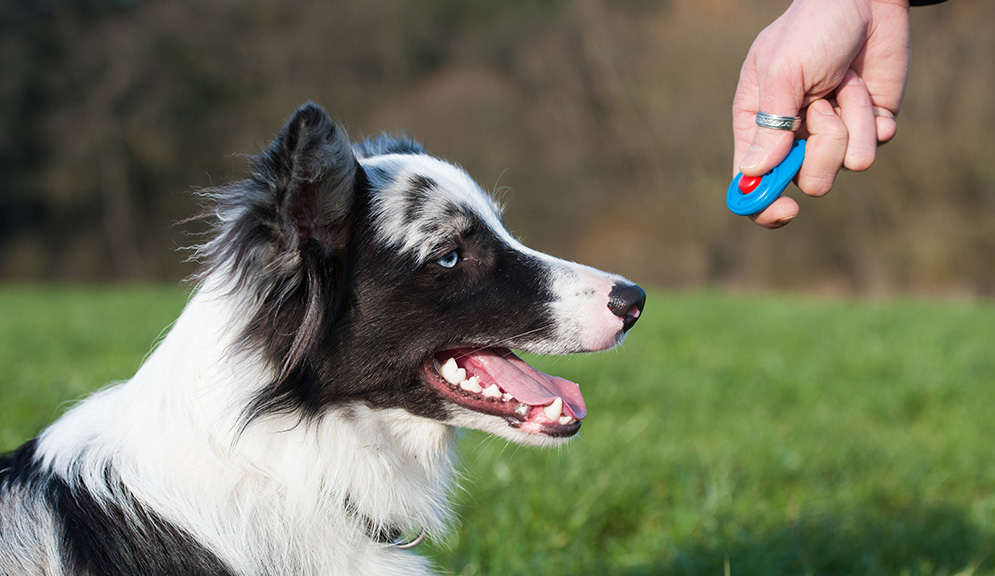Nearby professional dog training for affordable dog training.
Nearby professional dog training for affordable dog training.
Blog Article
Leading Canine Training Tips for a Mannerly Companion
Educating your canine to be a mannerly companion requires a nuanced understanding of canine actions and the application of effective strategies. Crucial commands such as "Sit," "Keep," and "Come" work as the structure completely manners, while positive reinforcement methods can considerably enhance understanding. Additionally, establishing a consistent routine and prioritizing very early socializing are critical components that contribute to a harmonious relationship. The journey to a genteel animal includes even more than simply these basics; it requires a deeper exploration of techniques that can change your training approach.
Comprehending Dog Behavior
Recognizing canine actions is crucial for effective canine training and cultivating a harmonious partnership between dogs and their owners. Dogs are intricate animals, displaying a vast array of behaviors influenced by genes, setting, and socializing. Acknowledging the underlying inspirations for a pet's actions-- such as anxiety, exhilaration, or territorial reactions-- can considerably boost training effectiveness.
Social communications with various other pet dogs and people play an essential duty in shaping actions. Canines that experience positive socializing are generally much more versatile and genteel.

Necessary Educating Commands
Grasping essential training commands is essential for developing efficient communication between pets and their proprietors. These commands work as the structure for a mannerly dog and can considerably enhance the general partnership between family pet and owner.
Secret commands consist of "Sit," "Keep," "Come," "Down," and "Heel." The command "Sit" is usually the first shown, as it urges calmness and emphasis. "Remain" enhances a pet dog's ability to stay in one placement, promoting self-discipline. "Come" is vital for security, guaranteeing that your pet dog returns to you when called. "Down" advises your pet to rest, which can help in managing ecstatic actions. Dog training near me. "Heel" educates your canine to stroll alongside you, promoting better chain manners.
Practicing these commands in numerous settings assists dogs generalise their training and react properly, no matter of diversions. By spending time in showing these crucial commands, owners can grow an unified and considerate connection with their canine buddies, enhancing both safety and security and pleasure in everyday interactions.
Favorable Reinforcement Strategies
Positive support techniques are vital strategies in dog training that concentrate on gratifying wanted actions to motivate their reappearance. This strategy leverages the natural knowing processes of pets, enabling them to associate certain actions with positive results. By utilizing deals with, appreciation, or play as incentives, fitness instructors can efficiently encourage dogs to duplicate the actions they want to reinforce.
To execute favorable support, it is critical to provide benefits right away after the wanted behavior takes place. This aids the pet dog make a clear link between their activity and the benefit. Consistency is additionally vital; benefits should be offered every single time the wanted habits is shown during the preliminary training phase, progressively transitioning to a variable timetable as the behavior ends up being more reputable.
Recognizing your canine's choices can boost the training experience. Ultimately, favorable support promotes a relying on partnership between the pet and proprietor, making training a much more delightful and efficient procedure that builds a mannerly friend.

Socializing Methods
Efficient socialization strategies are crucial for a canine's growth, as they aid establish an all-around and confident buddy. Very early direct exposure to different atmospheres, individuals, and various other pets is necessary to prevent behavioral concerns in their adult years. Begin this procedure throughout the critical socializing period, which generally happens in between three and fourteen weeks old.
Present your pup to varied stimuli, such as Dog training various surfaces, sounds, and smells. Regulated encounters with various other dogs and pleasant human beings can promote positive associations. Pup courses are an exceptional resource, providing organized settings for social communication and finding out basic commands.
Gradually raise the complexity of socializing experiences. Take your canine to parks, pet-friendly shops, and public events, ensuring each encounter declares. Observe your pet dog's reactions and remove them from frustrating circumstances to stay clear of fear-based feedbacks.
Use favorable reinforcement to compensate tranquil and confident habits during social communications. Keep in mind, perseverance is vital; each pet has its very own pace for adjusting to new experiences.
Consistency and Routine
Developing uniformity and regimen in canine training is vital for fostering a complacency and understanding in your family pet. Pets grow on predictability; understanding what to expect helps them really feel secure and lowers anxiousness. When training, it is vital to use the exact same commands, gestures, and benefits consistently. This uniformity help in enhancing desired habits and aids your canine rapidly associate specific actions with particular results.
Including an organized routine into your training sessions also boosts your pet's discovering experience - Dog training near me. Schedule day-to-day training sessions at the exact same time daily, making sure that both you and your canine are mentally prepared. Short, frequent training sessions are extra efficient than long, infrequent ones; purpose for 5 to 10 minutes of focused training multiple times a day
Additionally, consistency ought to extend past official training sessions. Integrate training right into day-to-day tasks-- reward your dog for sitting before dishes or strolling smoothly on a leash. This reinforces learned behaviors and develops a natural training setting. On the whole, a consistent strategy, coupled with a structured routine, lays the structure for a mannerly friend, promoting a harmonious relationship in between you and your dog.
Final Thought
To conclude, effective dog training relies upon comprehending canine behavior and carrying out important commands such as "Sit," "Keep," and "Come." Favorable reinforcement strategies serve to encourage wanted actions, while early socializing prepares pets for diverse atmospheres. Developing uniformity and a routine fosters predictability, which adds to a well-behaved buddy. By highlighting these essential elements, the bond between owner and pet dog strengthens, ultimately causing a harmonious and satisfying connection.
Report this page